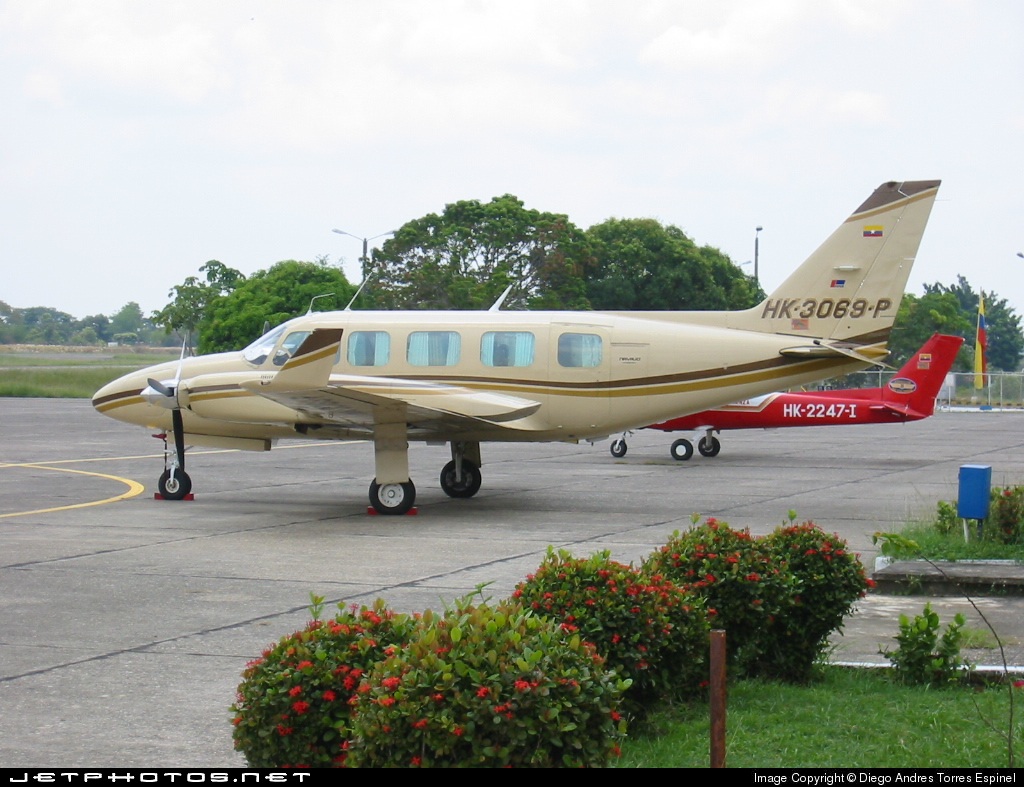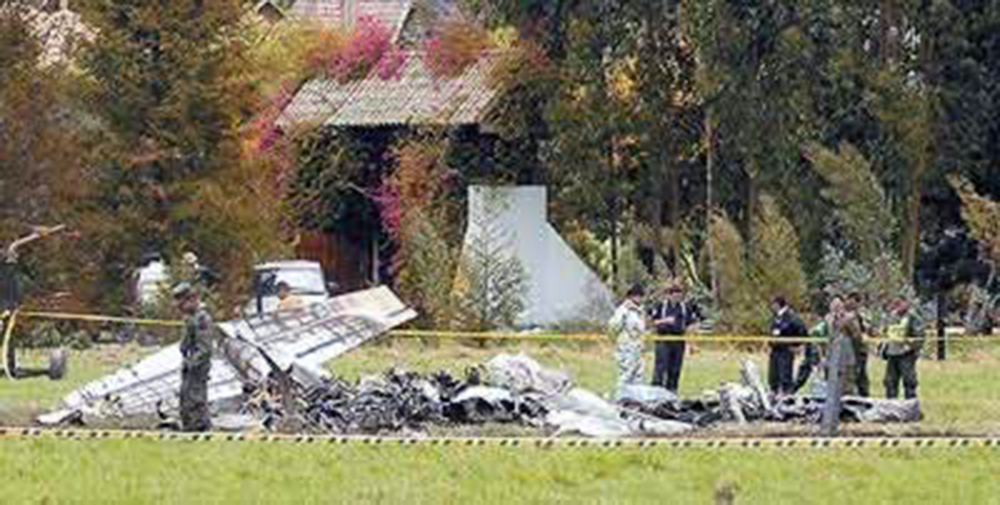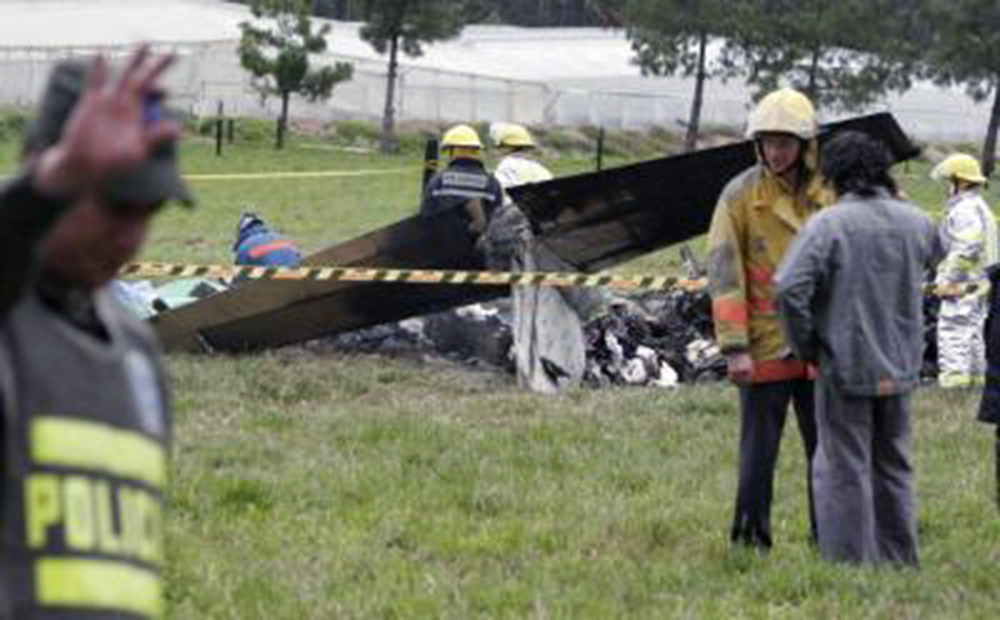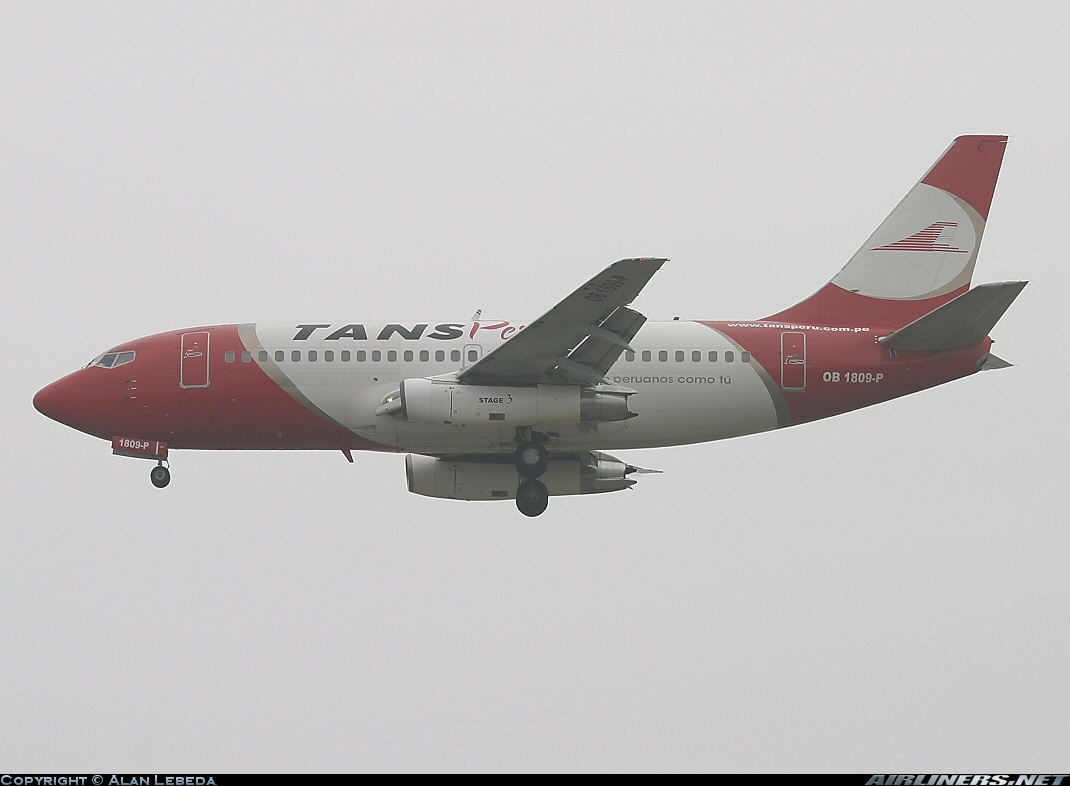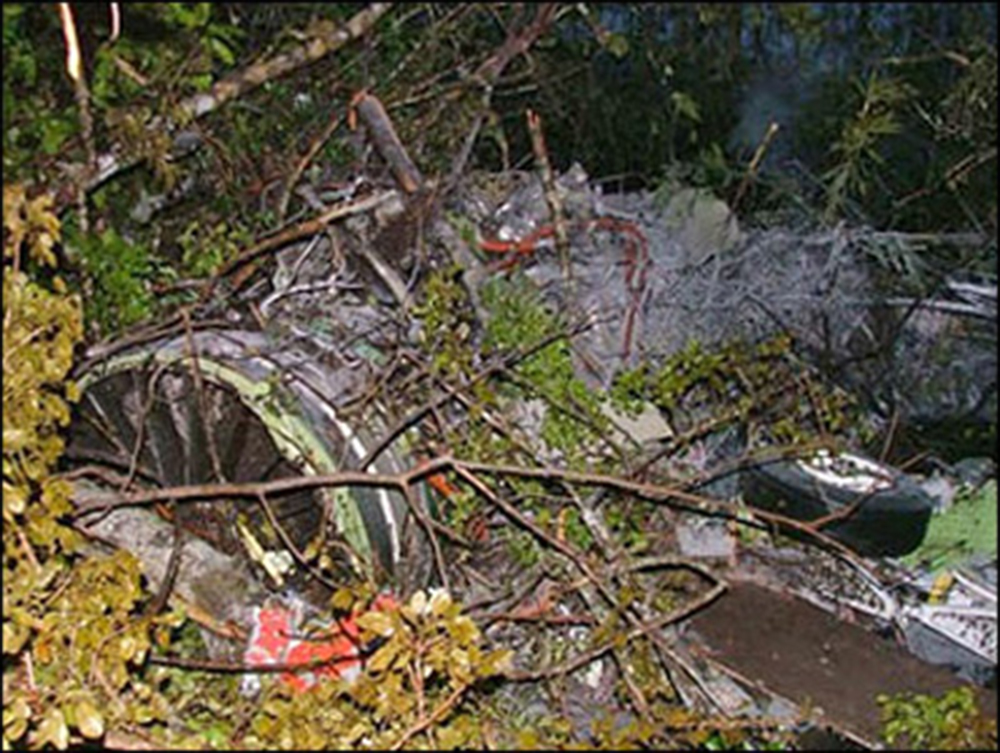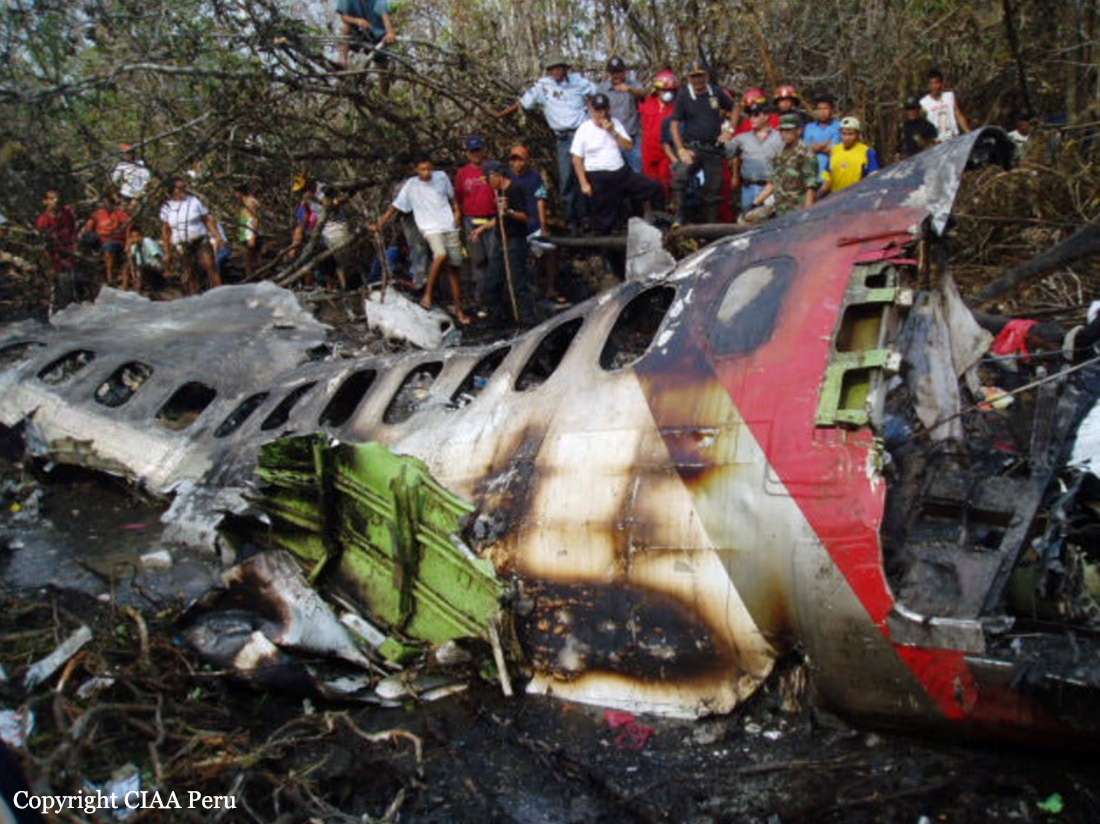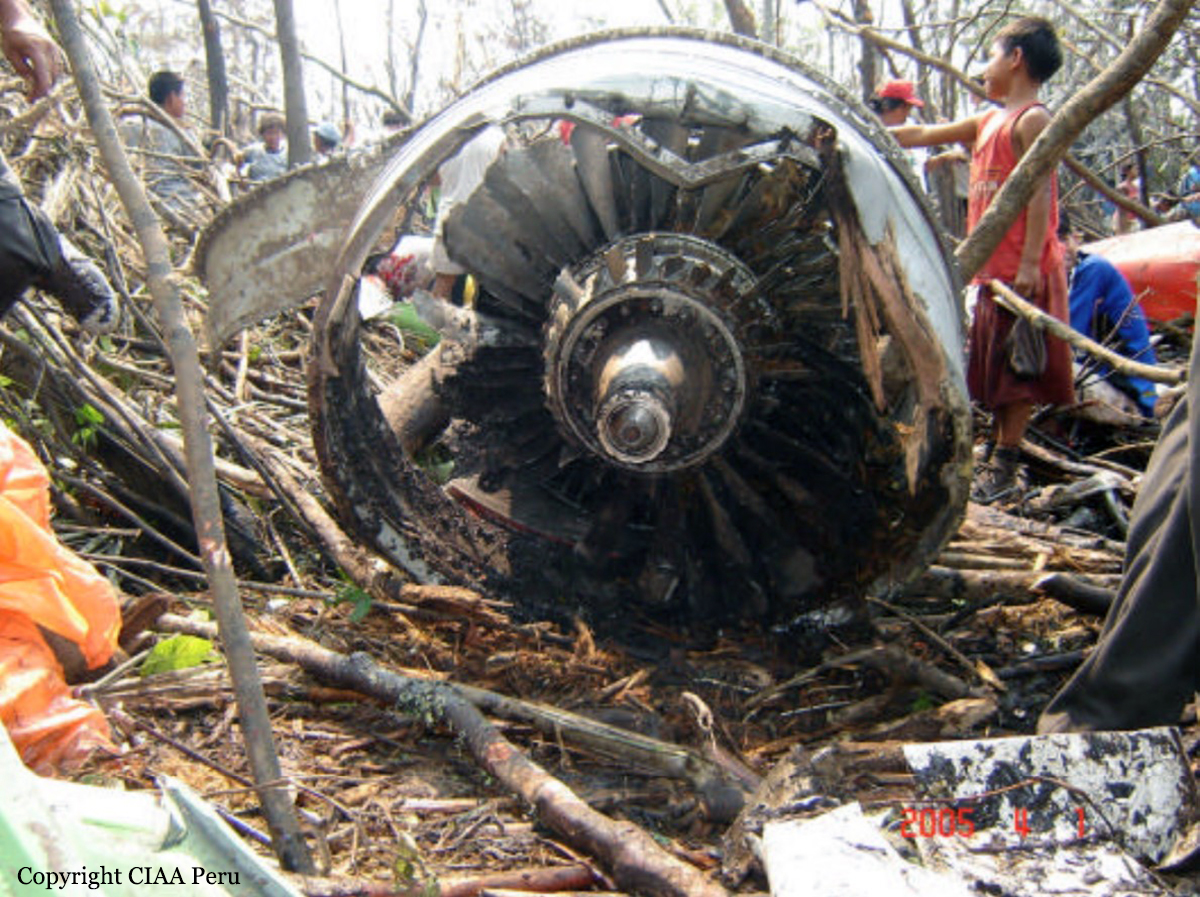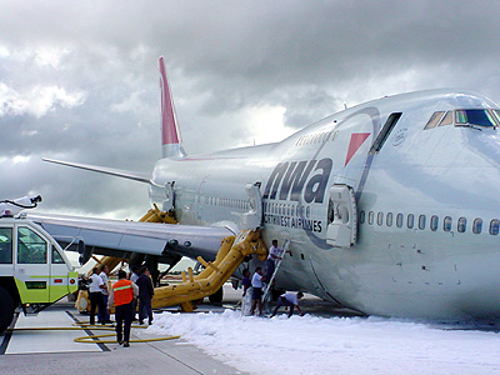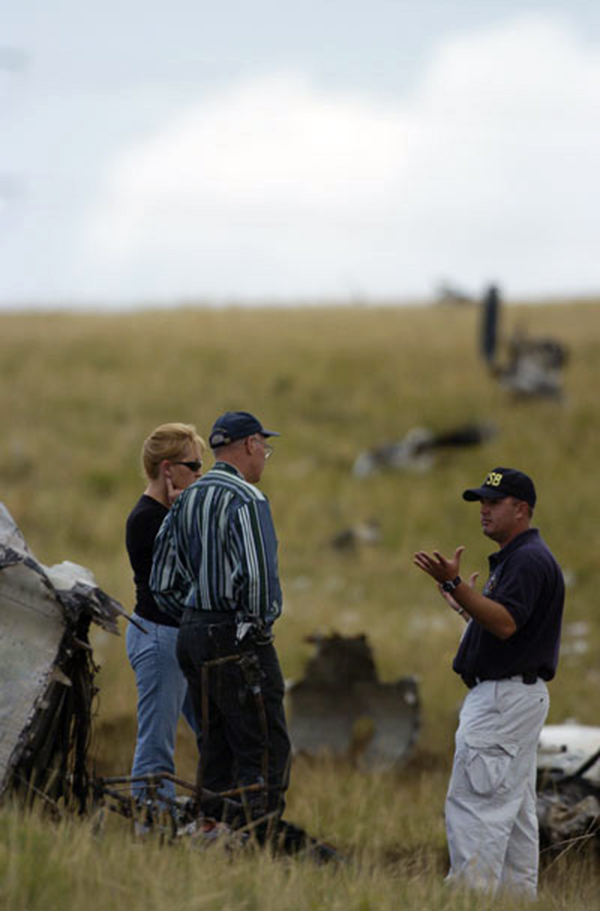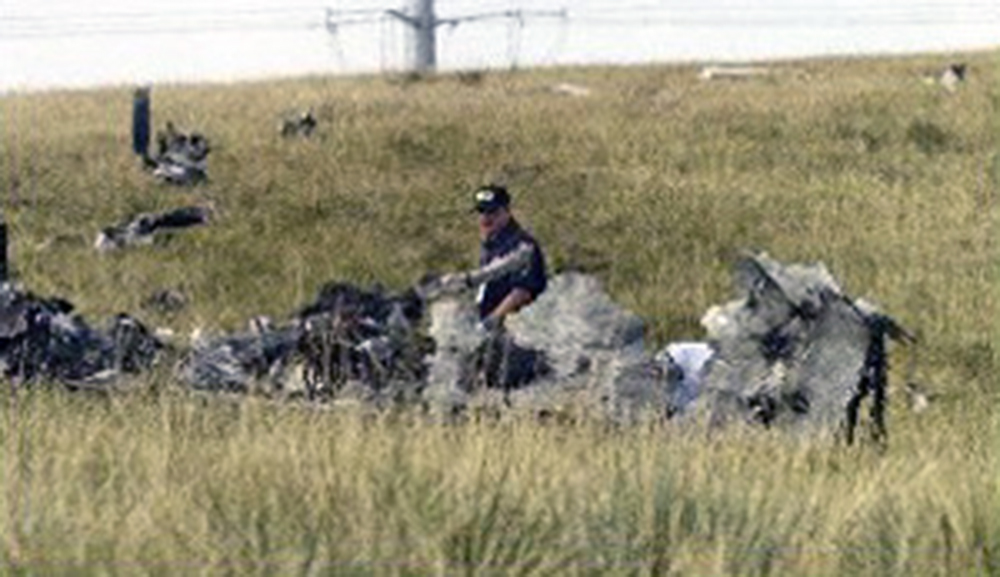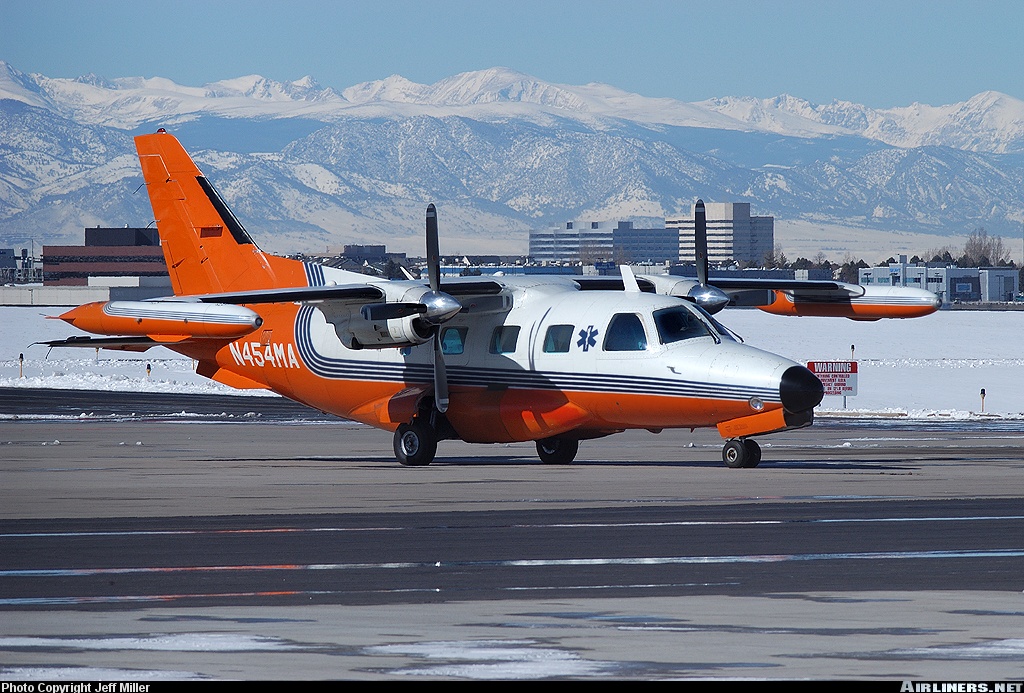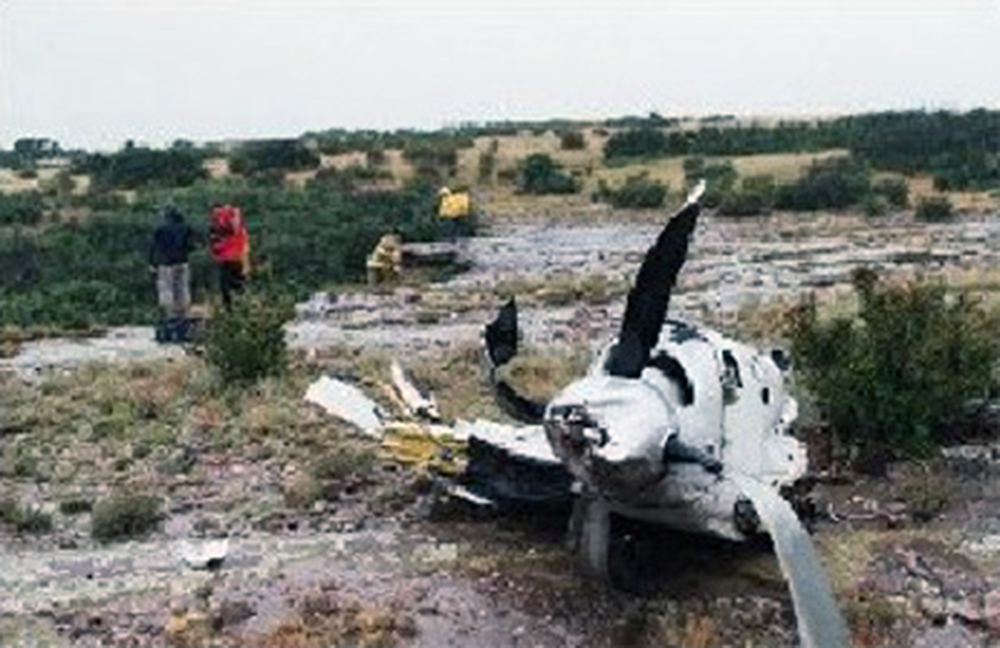Crash of a Piper PA-31-350 Navajo Chieftain in Bogotá: 8 killed
Date & Time:
Sep 1, 2005 at 1045 LT
Registration:
HK-3069P
Survivors:
No
Schedule:
Bogotá - Puerto Berrío
MSN:
31-8352036
YOM:
1983
Crew on board:
2
Crew fatalities:
Pax on board:
6
Pax fatalities:
Other fatalities:
Total fatalities:
8
Captain / Total hours on type:
83.00
Aircraft flight hours:
2090
Circumstances:
Shortly after takeoff from Bogotá-Guaymaral Airport runway 10, while in initial climb, the crew initiated a left turn in accordance with procedures. The copilot contacted ATC and declared an emergency following technical problems. The crew was immediately cleared to land at his discretion when the aircraft entered an uncontrolled descent and crashed in a prairie located 600 metres from the runway 28 threshold. The aircraft was totally destroyed and all eight occupants were killed.
Probable cause:
A possible fuel contamination affected the power on one engine or both. The aircraft was overloaded at takeoff, which, compounded by the considerable loss of power to the engines due to the altitude of the aerodrome, did not allow the pilot to maneuver the aircraft to return to the runway. In addition, the center of gravity, despite being within the permissible limits, was too far behind for an operation in adverse weather conditions.
Final Report:
